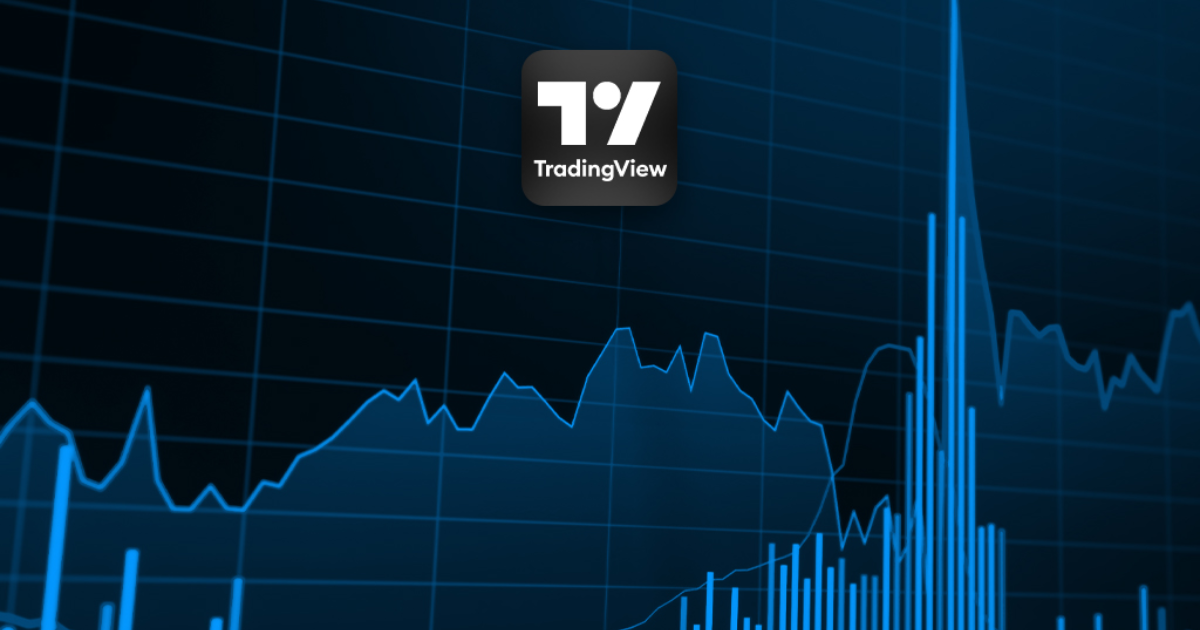
If you’re a trader, you’ll know TradingView.
It’s arguably the top trading website that people use to monitor the markets, perform analysis and share ideas with a trading community that’s 50 million members strong.
Now, TradingView has moved beyond being a tool for traders to chart and chat. Thanks to their API integration services, brokers can connect to TradingView where clients can trade directly on the platform.
In recent years, the number of brokers integrating with TradingView has exploded. In 2024 alone, they added over 18 brokers to their list of partners, bringing the total number of integrations to a staggering 71 brokers at the time of writing.
Most recent additions include the likes of Global Menku and Alice Blue, amongst global players like IG.
One of the biggest factors for traders is reach. Millions of traders and analysts use TradingView for its advanced charting tools and social community.
Existing users know just how simple TradingView is to navigate, offering a user-friendly interface and hundreds of indicators that you probably won’t find anywhere else.
Why does this appeal to brokers? It means they can tap into a ready-made audience that’s already engaged in the markets. Maybe these users want to start trading on the platform, or maybe they're looking to switch to a broker that allows it.
At the same time, traders benefit from keeping their analysis and trading execution in one place, without needing to bounce between multiple platforms.

This makes an integration especially powerful for traders who rely on TradingView for their technical analysis and research, and want to use it alongside their trading accounts.
You could say it’s a growing demand for more accessibility. Traders want platforms that offer everything in one place— with powerful analysis, the ability to interact with others, and easy trade execution. The TradingView integration is proving to provide exactly that.
The integration process between brokers and TradingView may sound technical, but it’s actually quite simple. When you connect your broker account to TradingView, the platform doesn't gain full access to your brokerage account.
Instead, TradingView sends requests—known as API calls—to your broker’s system. These API calls are like asking for specific information or permissions, such as checking your account balance or placing a trade.
Through this API, TradingView acts as an interface where users can view charts and place trades, but the actual order execution, pricing, and account management happen on the broker’s servers.
When a user places an order, it is transmitted directly from TradingView to the broker’s platform without passing through TradingView’s systems.
Think of it this way. TradingView uses these API calls to “talk” to your broker’s platform. For example, if you place a trade, TradingView sends a request to the broker to execute that trade.
The broker then confirms if the action is allowed, and if it is, the trade goes through.
This keeps your brokerage account secure while letting you use TradingView’s tools to analyze the markets, place trades, and manage your portfolio—all in one place.
For traders, the benefits of this integration are as follows. They get a streamlined experience where they can access powerful charting and analysis tools, trade in real-time, and manage their accounts without leaving the TradingView platform.
This convenience makes trading faster and more efficient, especially for those who rely on TradingView’s community insights and custom indicators.
For brokers, the integration opens the door to millions of potential clients who are already using TradingView to analyze markets.
The rise of TradingView integration speaks to a broader trend in online trading—traders want a one-stop solution that offers both analysis and execution capabilities.
With TradingView far in the lead when it comes to analysis, it makes sense for brokers to offer traders the ability to execute trades there too.
Brokers that are integrating with TradingView recognize the value of meeting traders where they already are.
Sign up to get the inside scoop on today’s biggest stories in markets, finance, and business.
By clicking “Sign Up”, you accept our Terms of Service and Privacy Policy. You can opt-out at any time by visiting our Preferences page or by clicking "unsubscribe" at the bottom of the email.
Leave a Reply